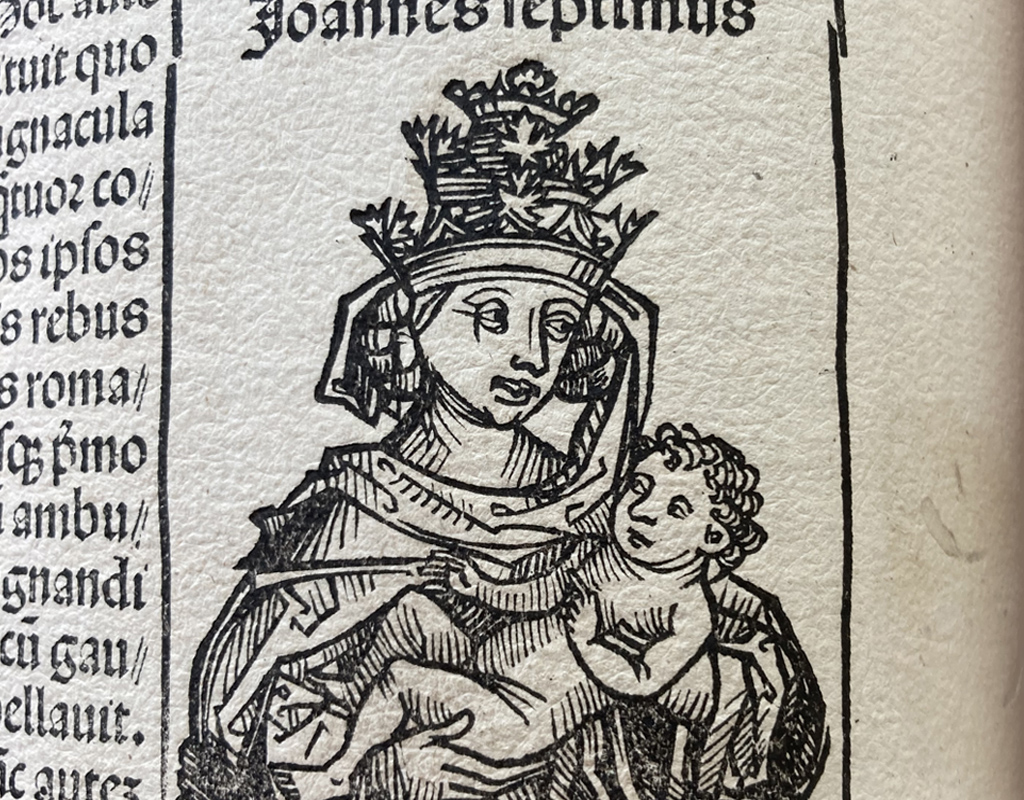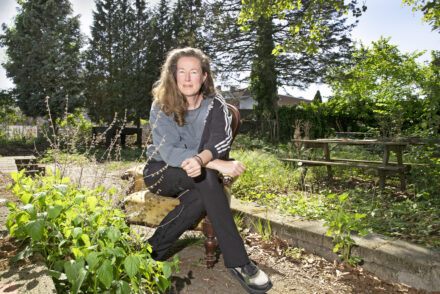Google Maps, only four centuries old
In the section Telling History, we dive into Tilburg University’s rich Heritage collections. This time, Marian Papavoine, collection specialist in theology and the humanities, takes you through a number of special books and historical maps.

The May vacation saw a lot of hiking again. Thanks to the GPS function on the smartphones, everyone can immediately know where they are and call up a map of the area. You would almost forget that there was a time when these did not exist. That we depended on handmade maps. Unthinkable! And imagine that we happen to have some of those beautiful historical maps in the University Library’s collection.
Google Maps of 1634
A historian who came to the library because he was researching the occurrence of “Geldern” in old maps, came across a handmade collection of maps published between 1634 and 1647 in the Tilburg University Library catalog. This Atlas van vestingwerken en versterkte Nederlandse plaatsen en steden (Atlas of Fortifications and Fortified Dutch Places and Cities) (signature TF HS 147) contains 105 maps of fortifications in various Dutch cities, clearly intended for military use. The maps are hand colored.
As a TST collections specialist, I help visitors use the heritage collections of the School of Theology. So did this user who was eager to learn more about the atlas. It is mentioned in the 1986–1987 yearbook of the Menno van Coehoorn Foundation (in Dutch), I saw on further investigation, information that the researcher was very happy with. A great resource for this historian and a wonderful example of the richness of the collection.
The theological heritage collections
In 2005, the library of the former Theologische Faculteit Tilburg was merged into the current University Library (LIS). Thus, in one fell swoop, Tilburg University Library’s heritage collection was expanded to include a few thousand manuscripts, incunabula (cradle books), other old prints, and a number of religious heritage collections. Two of these: the Capuchin Collection and the Haaren Collection deserve special attention.
Capuchin Collection
The collection of old and valuable works of the Order of Friars Minor Capuchins was brought together in 1935/1936 from all the Capuchin monasteries in the Netherlands in the provincialate at ‘s-Hertogenbosch.
This “Collection” is not a collection of books acquired and put together with deliberation. Rather, it is a collection of books that always ended up more or less by chance in one of the Capuchin monasteries. In 1975 and 1998, in two phases, the Capuchin Friars Minor transferred their libraries to the then Theologische Faculteit Tilburg (TFT).
Haaren Collection
The Haaren Collection includes historically important tapes of the major seminary of the diocese of ‘s-Hertogenbosch. From 1839 to 1967 it was located in Haaren (North Brabant). In 1972, this Collection (about 100,000 volumes) was acquired by the TFT.
This rich legacy was accepted in relative silence in 2006. The TFT librarian, who served as curator for these special collections, retired shortly thereafter. The Tilburg University Library did not have its own curator. The management came into the expert hands of the Brabant Collection. As collection specialist for theology, I answer substantive questions about these collections. In addition to the use of specific works in exhibitions, questions regularly come in from researchers. Through our worldwide available catalog, they find gems in the collection that show how extensive our collection is. This includes the request from New Jersey in 2021.
Fiddling around?
An art historian at Drew University in New Jersey, USA contacted us last year. She collects photographs and scans of an image from a single book; the 1493 Latin edition of the Liber Chronicarum (Book of Chronicles), Die Schedelsche Weltchronik (Schedel’s World History), Nuremberg Chronicle (signature: TF INC 12). Indeed, this book depicts Pope Joanna, and in her project The Defacement of Pope Joan: A Digital Census, this scholar collects the images to see if they have been edited or annotated.
The goal of the project is to create an online database of this visual material in which one can research the history of the defacement of this apocryphal story. As seen in the accompanying image, our copy was still as it probably came from the printer, with no annotations or edits, and we are now part of this unique database.
And we haven’t even mentioned the Augustinian Collection (in Dutch), the Buijnsters-Smets historical children’s book collection (in Dutch) that is being digitized, and the Godfried Bomans collection on Dickens. We will save those for another time.
In the section Telling History, reports are published on Academic Heritage, on the Heritage Collections of the University Library (LIS), and on the Brabant Collection, owned by the Province of North Brabant and housed at the Tilburg University Library for many years now.
Want to know more about Tilburg University’s various collections? Look here.
Translated by Language Center, Riet Bettonviel






